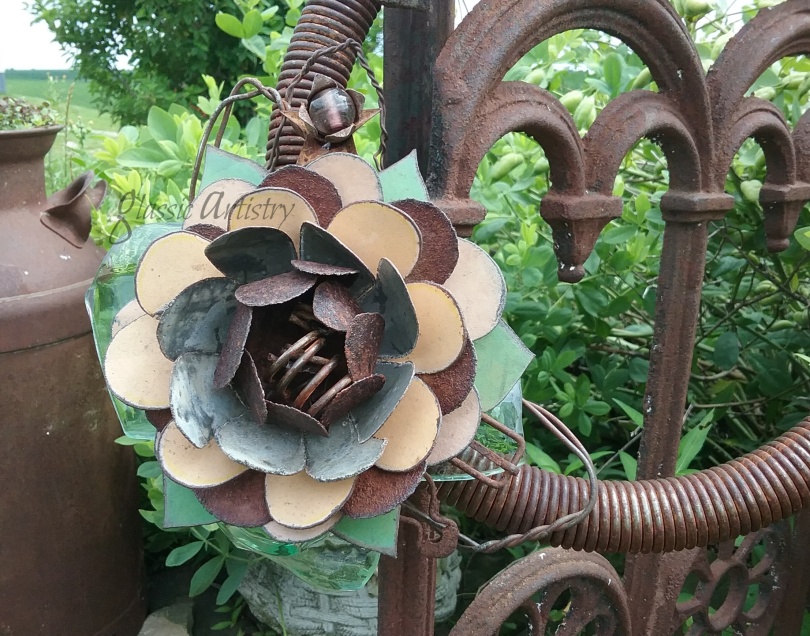I just love this little heart!
After noticing the beautiful texture in a chipped relish dish, I couldn’t resist doing something with it. And, since it’s February, a heart seemed like the perfect thing to do.
I cut a heart shape pattern before doing any glass cutting and held it on the underside of the dish to move around and choose what portion of the dish I wanted to use.
The handles of the dish broke off easily with a wheel cutter and I used my hand held glass cutter to score across the middle and break it in half. I marked an area beyond where my pattern would go and removed excess glass with the wheel cutter so the section I wanted to use would flatten nicely in the kiln.
The heart pattern was traced onto the smooth side of the glass and the tracing was then etched with a pencil scribe. The etched line was filled with black marker to dry. This is a step I like to do when I’m using a glass saw. When the marker is wiped off, it remains in the etched line so you can see it as you cut. In this case though, the black marker was still hard to see with the texture of the glass, so I went over it again with a red china marker and that did the trick. (This works great for dark glass too, just use a white marking pen). I removed all the glass I good around the tracing before using the saw.

After grinding the edges to smooth, the top edge of the heart piece was rounded slightly at the grinder to remove the high textured ridges before firing it again.
The glass was thick so a wide foil was needed. I used two widths of 1/2″ foil and overlapped them on the side of the heart. Then it was soldered up and finished. Completed, it measured 6″L x 4″ W. Surprisingly, it only weighed 4 oz.
I’ll be using this glass some more. I’m thinking a blue version would be nice for Mother’s Day.
I’ve enjoyed making hearts lately and hope to get more made for my Etsy shop and FB page as soon as time allows. 🙂


If you’re new to my blog, Thank You for stopping by. Please feel free to like, comment on , or share this post. Happy Valentine’s Day Everyone!

































































































